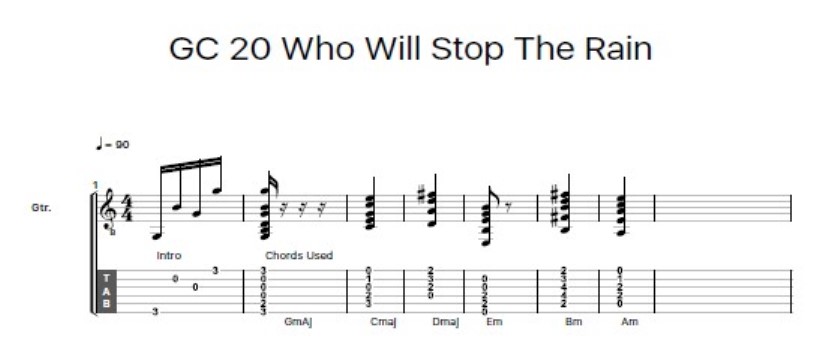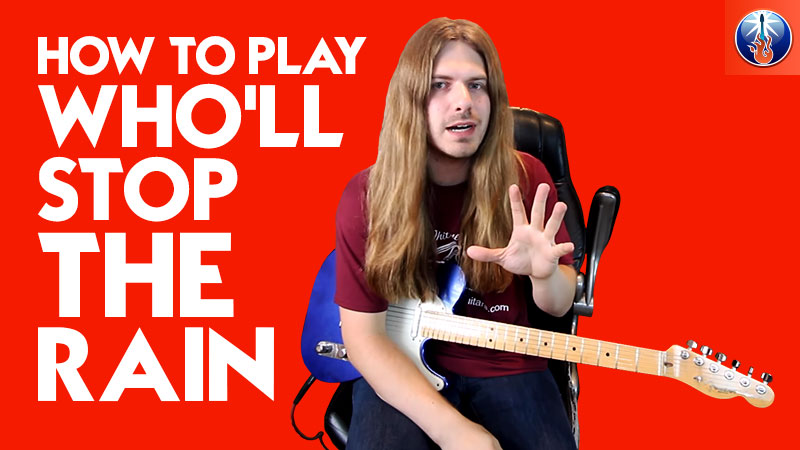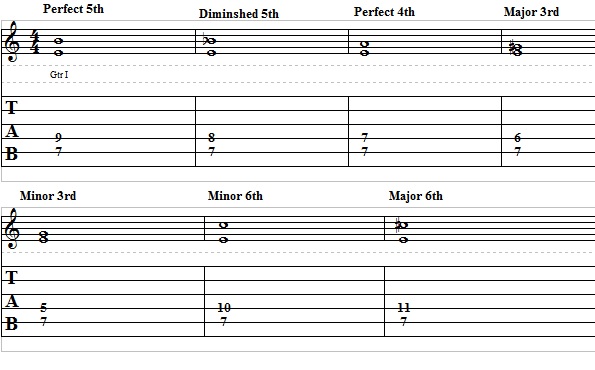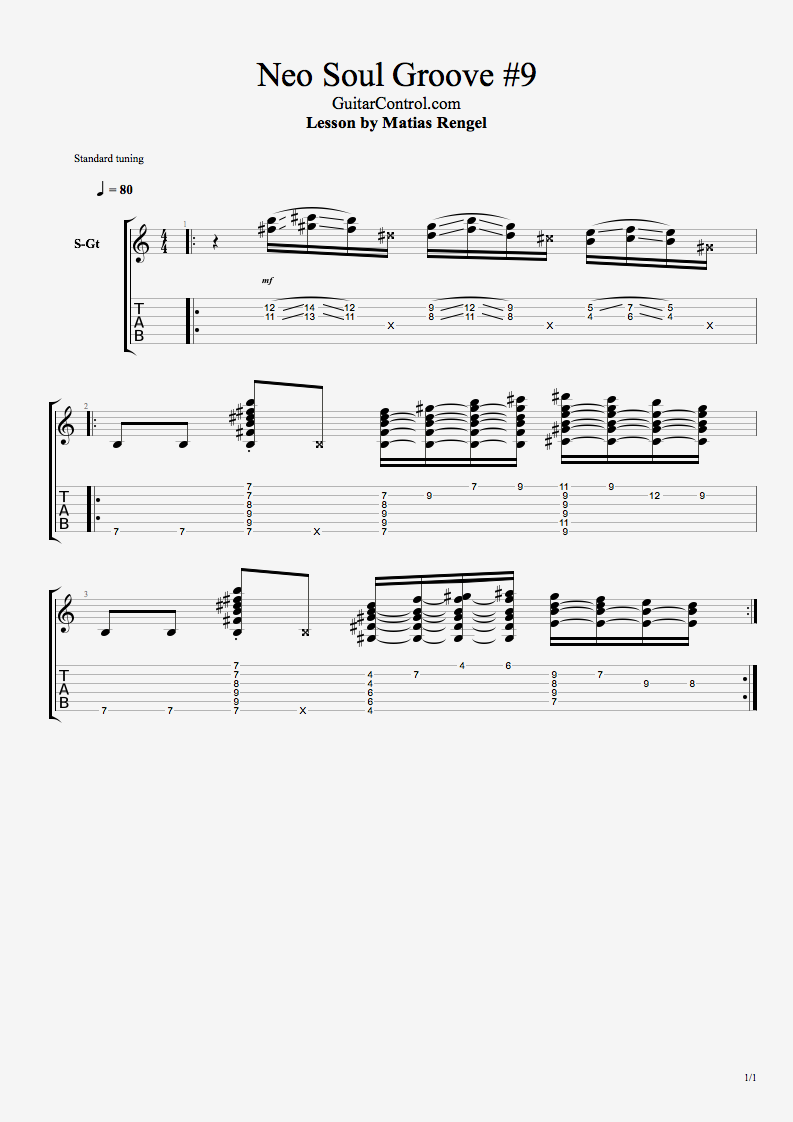How to Play Who’ll Stop the Rain
Today Guitar Control instructor Robert Baker, is going to show you how to play “Who’ll Stop the Rain” by Creedence Clearwater Revival, CCR. This is a great song for the guitarist that wants to get into strumming more. The chords we are going to use today are pretty basic, which is great, because then we can focus more on our strumming. It is always a bit hard to try and conquer both at the same time when you’re just starting out.

Step 1: the Intro and Outro
Step one to learning how to play “Who’ll Stop the rain” is actually also the last step, as the intro is also the outro for this song. So to start Robert is holding down a simplified G chord. He is only holding down two frets, the 6th string 3rd fret and the 3rd fret on the 1st string, everything else is played open. So it’s like a G major without your pointer finger down on the 5th string 2nd fret, and without the optional 2nd string 3rd fret. Robert is appreciating the chord picking the 6th string to the 2nd to the 3rd to the 1st while holding down that simplified G shape. Then repeat this appreciated pattern again. Use the chords played behind this part to help you know when to change and what to follow. At 1:15 Robert shows a little bit more of an intricate way to play it, really following those background chords. After two times through on the simplified G chord, he takes his middle finger off of the 6th string 3rd fret and put his pointer down on the F# note on the 6th string 2nd fret, leaving his ring finger on the 3rd fret 1st string. So after the arpeggiated pattern happens twice on the simplified G, he then picks the low G note by itself on the 6th string 3rd fret then picks the middle finger up and puts his pointer down on the 2nd fret 6th string which is an F# note and picks this note by itself to an open low e, the 6th string open.
While picking the low E open he makes an E minor 7 chord, which looks like a normal E minor but with the top half of a G major chord. So for the E minor 7 you have an open 6th string, your pointer on the 2nd fret 5th string, middle finger on the 2nd fret 4th string, open 3rd, normally you would have a finger down on the 3rd fret 2nd string but in this song the 2nd string is open, but you do have your 3rd finger still on the 3rd fret 1st string. When he gets to this E minor 7 he does the same arpeggiated pattern he did on the simplified G. So picking the 6th string to the 2nd to the 3rd to the 1st. So remember, following the chords behind.
Step 2: The Chords
So we start these chords with an open G major. The way Robert plays this open G is different than how it’s normally played. He calls it the country way. He places his ring finger on the 6th string 3rd fret, his middle on the 5th string 2nd fret, and his pinky on the 1st string 3rd fret, leaving all the other strings open. This different finger position works out nicely since C major is next and your fingers are all lined up to fall into place for that C. He does a very simple strum, just going down to up down up. The first time he strums down and up he focuses on the lowers strings in the chord and the second time on the higher strings. When you strum make sure to have a really relaxed arm, you want a nice warm strum, not a ton of tension and pressure. It’s not good for your muscles and it won’t sound good. Then we move to the C major chord, placing our ring finger on the 5th string 3rd fret, middle finger on the 4th string 2nd fret, and pointer on the 2nd string 1st fret. Same strum, down, up, down, up, moving your focus from the lower strings the first time to the higher strings. If you’re having a hard time with the chord changes be sure to check out our faster chord changes video.
So remember that G to C change should feel really easy with that specific “country style” G fingering, you just move your ring and middle finger down a string each, staying in the same frets that they are in for the G, and drop your pointer which should kinda be hovering over the 1st fret anyway to the 2nd string 1st fret. So a very easy, smooth change. Always try to find the notes in common. So same strum like I mentioned earlier but now from the 5th string down, dodging the low E, the open 6th string, only when strumming the open C major chord. At the 2:55 mark watch Robert play this entire part. 1 measures on G, to 1 measures on C, to 1 measures on G, repeat this 3 times total then goes to C for 1 measures but now to D major. If you don’t know how to play a D major chord, make a peace sign with your fretting hand, put your pointer finger on the 3rd string 2nd fret, pointer on the 1st string 2nd fret, and ring finger on the 2nd string 3rd fret and strum from the open 4th string, which is a D note. Same strum on the d major chord, down up down up, focusing first on the lower strings of the chord and then on the higher and then to an E minor. To play E minor place your pointer on the 5th string 2nd fret and middle finger right under on the 4th string 2nd fret and strum all the way down from the 6th string to the 1st. Same strum and then back to the G major chord. So that last section was C-G-C-G-C-D-E minor.
Step 3: The Second Verse
Verse two starts out the same but we are going to be adding a new chord, a B minor. So starting the same as before, just strumming the G major chord, same pattern we just did and everything for 2 measures, to C for 1, then back to G for 1 measure and then G again for 2 measures. Then to the new chord and our hardest chord in this lesson, the B minor chord. To play B minor bar with your pointer all the way down from the 5th string 2nd fret to the 1st string, then place your ring finger on the 4th string 4th fret, your pinky right under on the 3rd string 4th fret and your middle finger on the 2nd string 3rd fret. Do one measure of the same strum on the B minor and then change to C. if you are listening to the record this transition follows the vocals. So same strum on C for one measure taking you back to the part where we transition every other measure from C to G. So after the B minor you double up on C because it ends that part and starts the next. So switching between C for one measure and G for one measure, twice. Then C for one measure to D for one measure. To E minor for one measure to G for one measure.
The next section is kind of a musical break. It starts with an open A minor chord, if you aren’t familiar with how to play an open A minor chord place your middle finger on the 4th string 2nd fret and your ring finger right under it on the 3rd string 2nd fret and pointer on the 2nd string 1st fret, and strum from the open 5th string down through the 1st. Strum down up down up, then strum once on C major, and once on D major. Then back to A minor with the same strum, down up down up, to C major once, and end with one strum on E minor. Then it starts over with the arpeggiated part. And that’s it for today!
Recap: How To Play Who’ll Stop The Rain
I hope you enjoyed learning how to play “Who’ll Stop The Rain” by CCR. This is an excellent song to learn for the beginner who wants to work on strumming open chords. Make sure you pay close attention to the strum patterns and chord changes, try practicing along with the song so you can play along with the backing chords and use them to know when to change.





